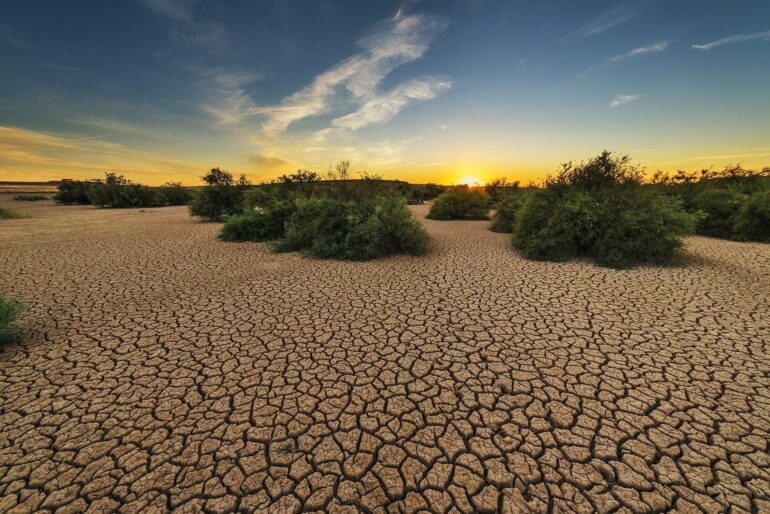Droughts evoke images of months to years of dry, dangerous conditions caused by minimal rain. While this captures traditional droughts, similar conditions can occur in a matter of weeks or even days.
Texas A&M University’s Dr. Ashok Mishra has collaborated with researchers from around the world to examine what factors play a role in creating flash drought conditions. While their study used South Asia as a model, the findings can be applied to Texas and other areas that experience flash droughts. The paper is published in the journal Communications Earth & Environment.
Texas has experienced flash droughts in the past. Texas’s economy is heavily reliant on agriculture and energy production, two sectors easily affected by flash droughts. Flash droughts cause a reduction in water availability and soil moisture, creating issues in fields such as agriculture, water resources and ecosystem services.
“While both traditional and flash droughts impact society, they differ in onset speed, intensity, duration, and overall impacts,” said Mishra, a professor in the Zachry Department of Civil and Environmental Engineering. “Developing effective strategies to mitigate the distinct risks and impacts of each type is crucial for safeguarding society and the environment.”
Researchers were able to analyze several aspects of flash droughts, including onset speed, severity, and duration. They also examined the role atmospheric circulation and human-induced climate change play in drought variability, leading them to predict that flash droughts will worsen over time due to climate change.
“Flash droughts will expand and worsen in the future in South Asian countries, impacting water, agriculture, and energy sectors. However, the critical concern is the need for appropriate tools for robust quantification and prediction of flash droughts, which will present a significant problem for stakeholders from multiple sectors,” notes Mishra.
To combat issues created by these conditions, policymakers need to be informed of the potential outcomes that may occur as climate change causes flash droughts to become more common and severe. Preventative infrastructure and collaboration across disciplines are a few potential methods for combating flash droughts.
This collaborative research effort involves Texas A&M University, the United States Department of Agriculture, and multiple Asian countries including Korea, China, India, and Pakistan.
More information:
Irfan Ullah et al, Anthropogenic and atmospheric variability intensifies flash drought episodes in South Asia, Communications Earth & Environment (2024). DOI: 10.1038/s43247-024-01390-y
Provided by
Texas A&M University College of Engineering
Citation:
Researchers investigate influences of flash droughts (2024, July 11)



